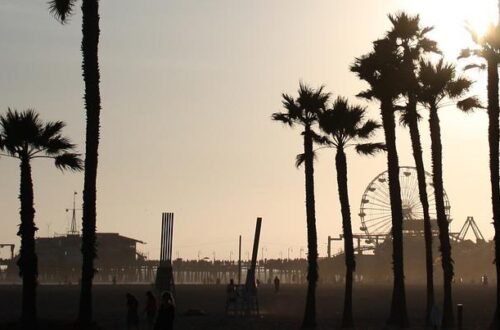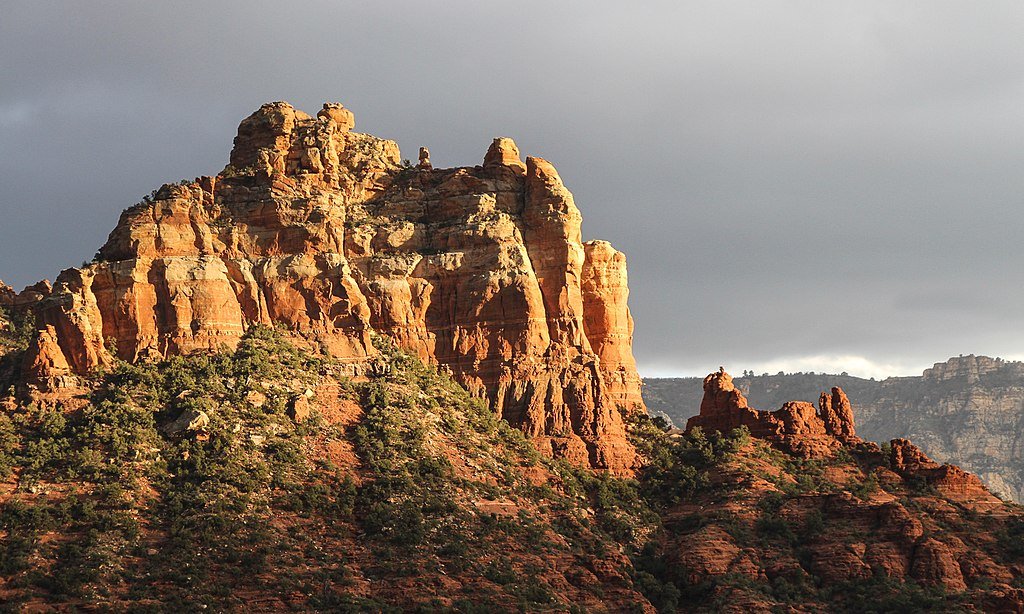
15 Best Things to See in Arizona
Since even residents wear shorts and t-shirts and take a lot of pictures of the breathtaking natural scenery, it might be harder than you think to spot a visitor in Arizona. With its rugged gorges and towering mountains, Arizona features some of the most amazing and distinctive topography in the whole of the United States. One of the most popular international tourist destinations is the Grand Canyon, and viewing the natural wonder makes it clear why. With its hot, dry weather luring travellers seeking a late taste of summer in the winter, the climate may also be called a natural wonder in and of itself. The Hoover Dam, whose enormity and structural strength defy imagination, is one of the state’s other man-made wonders. The cities of Arizona also have a lot to offer, with a mix of old structures and avant-garde galleries and museums. There are so many worthwhile activities in Arizona that it was impossible to avoid leaving out a few well-known sites when compiling our list of things to do there. The list has been improved, though, and now offers a truly unforgettable schedule. The top things to do in Arizona are listed below:
- Antelope Canyon
- Bisbee
- Havasu Falls
- Monument Valley
- Sedona
- Glen Canyon National Recreation Area
- Organ Pipe Cactus National Monument
- Canyon De Chelly National Monument
- The Grand Canyon
- Jerome
- Hoover Dam
- Tumacacori National Historical Park.
- Petrified Forest National Park
- Saguaro National Park
- Lake Mead National Recreation Area
Antelope Canyon
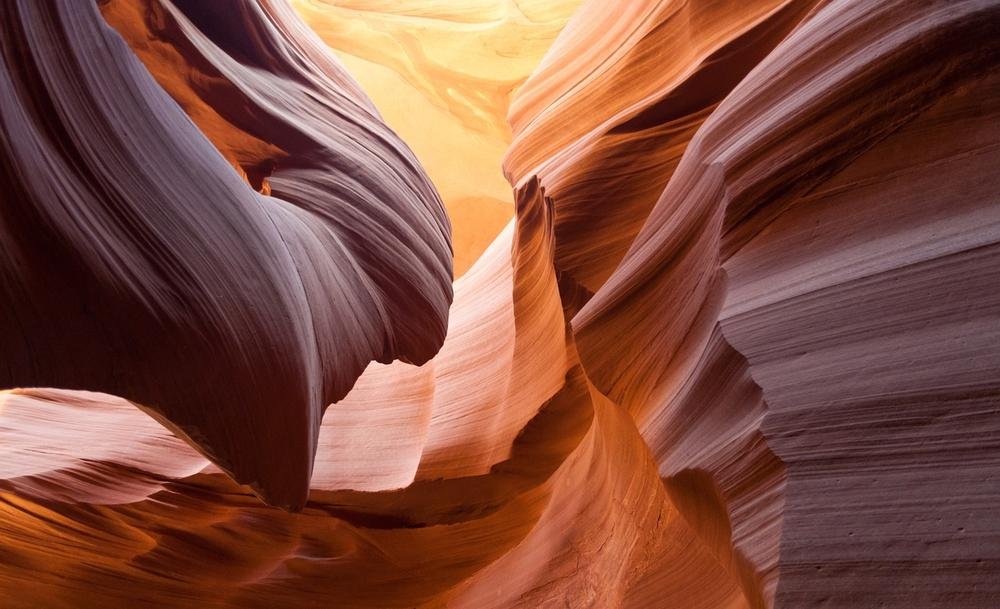
The steep canyon walls and abundant natural light at Antelope Canyon make for some truly extraordinary sights. These characteristics make Antelope Canyon a well-liked location for photographers, and images of the canyon are frequently seen on postcards, travel brochures, and art exhibits. Because guides are required for canyon visitors, there are many different excursions offered.
Bisbee
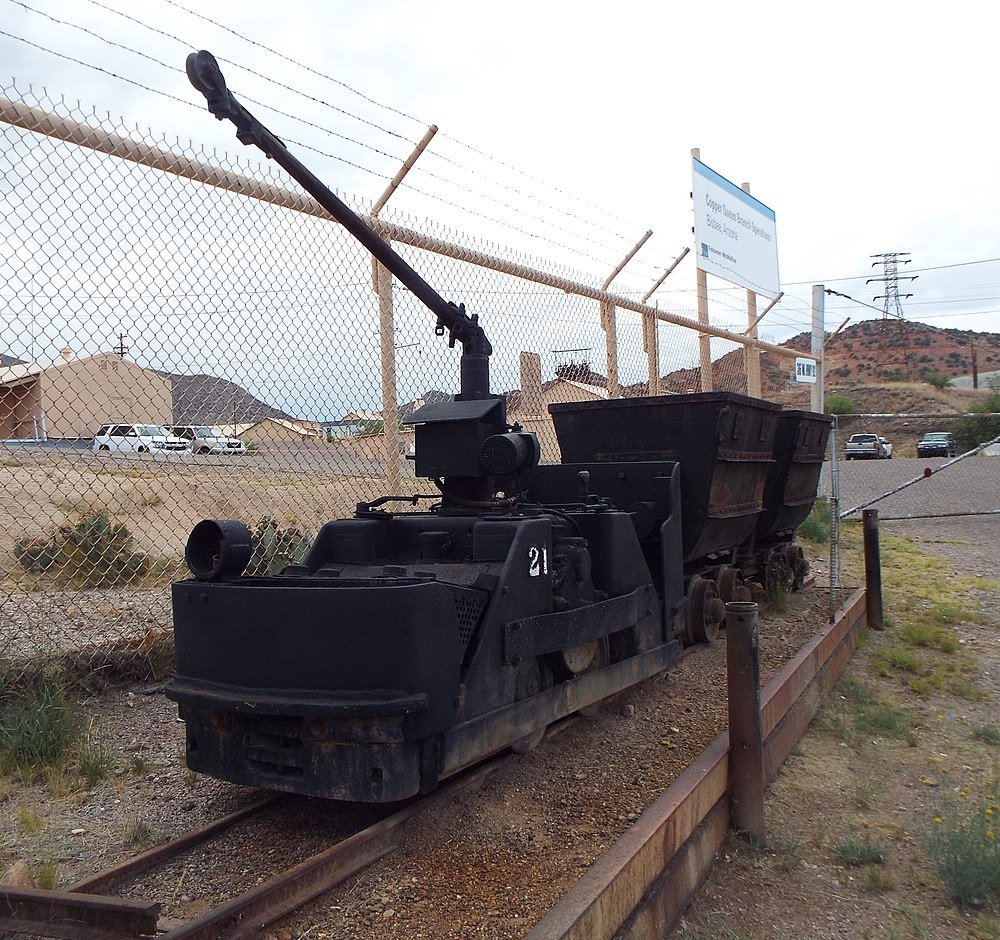
A old mining community called Bisbee is located close to the Mexican border. Its location in the highlands offers breathtaking vistas that reach into Mexico and beyond the border. When the mines closed, Bisbee and its houses fell into disrepair, but it is now home to an interesting mix of residents and shops.
Havasu Falls
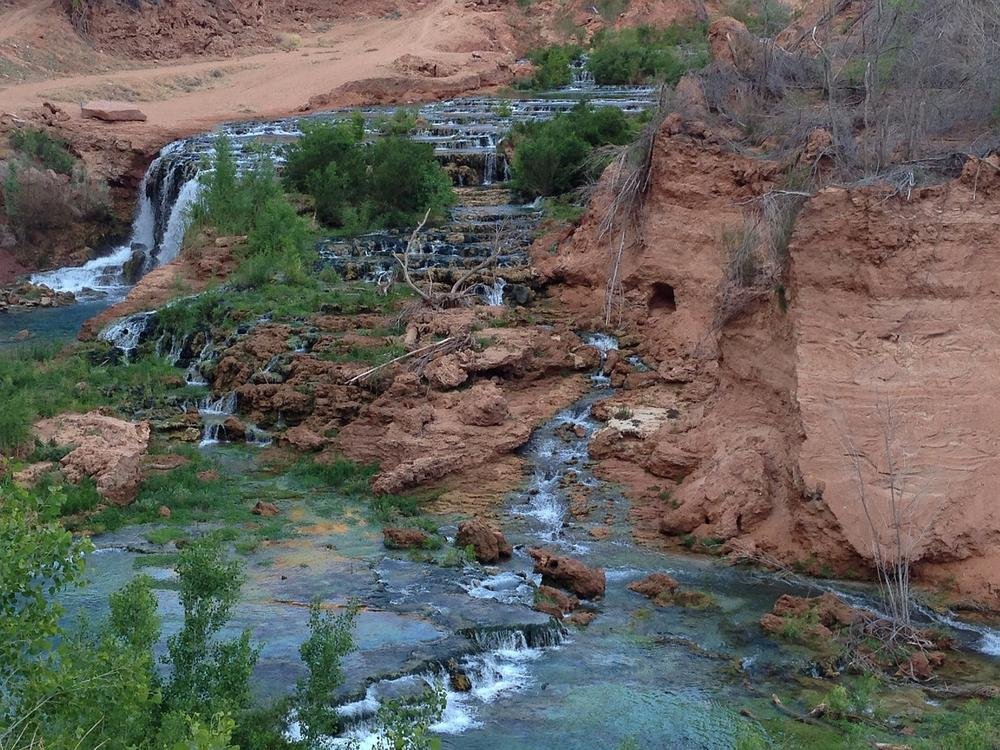
The Havasu Falls are 100 feet high, and when there is a lot of water flowing, the water forks and cascades in two different directions, giving the impression that there are two falls. Beautiful turquoise pools can be found at the base of the waterfalls. The Havasupai Indians are located in the neighbouring Havasu Creek canyon. They used to be able to live in isolation thanks to their agricultural prowess, but nowadays they are mostly dependent on the local tourist industry.
Monument Valley
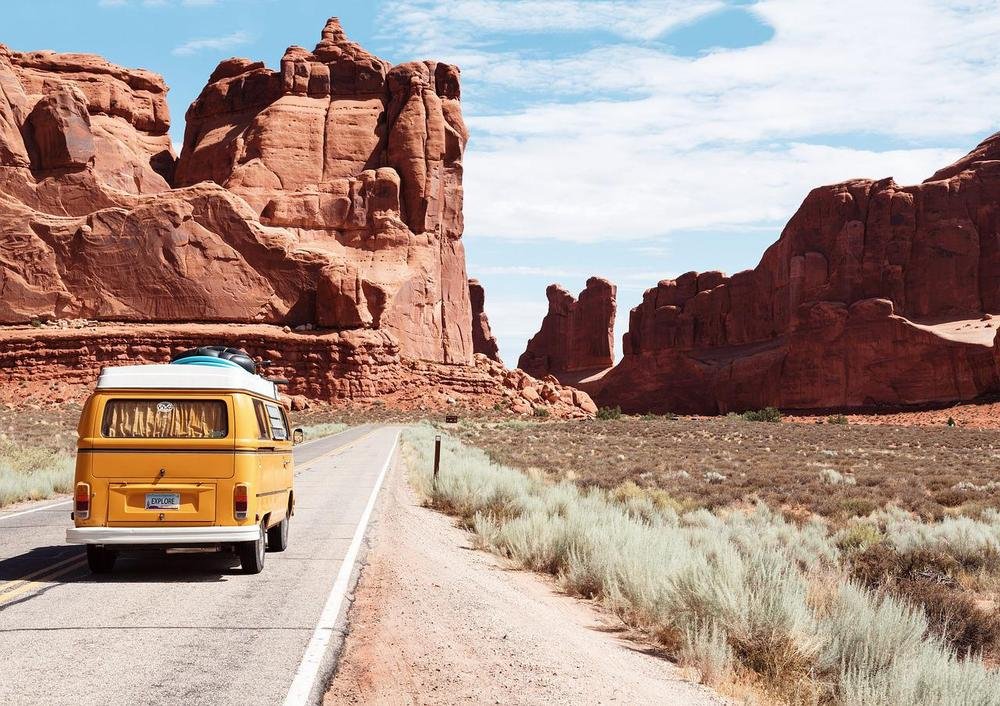
It would be easy to think you are on another planet when admiring the scenery of Monument Valley Tribal Park. With its jagged rock formations and enormous sand dunes, this area’s landscape is both hazardous and stunning. There are several ways to view the valley, including photography tours for those who want to capture the area’s beauty on camera. Many guests only drive by on the surrounding highway while admiring the valley from the comfort of their cars.
Sedona

Sedona is a fantastic day trip from Phoenix and is located about an hour and a half away by a vehicle. It is bordered by gorgeous red mountains and jagged granite precipices. Hiking, mountain biking, or off-road Jeep experiences are offered for those who wish to take it easy while admiring the fantastic vistas in this area.
Glen Canyon National Recreation Area
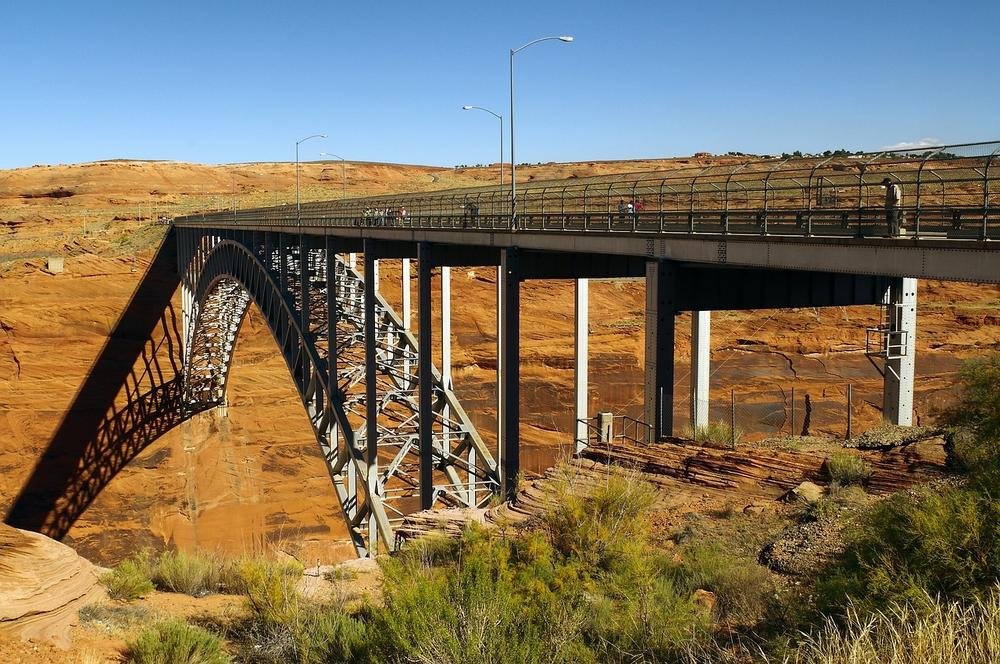
Lake Powell and the Glen Canyon Dam are located inside the Glen Canyon National Recreational Area. The largest artificial lake in the United States, Lake Powell, was created artificially when the Glen Canyon Dam was built in 1964. One of the main attractions in the region is hiking, and the Antelope slot canyons are excellent for doing so because the light and the surrounding rocks make for some unique landscapes and photo opportunities.
Organ Pipe Cactus National Monument
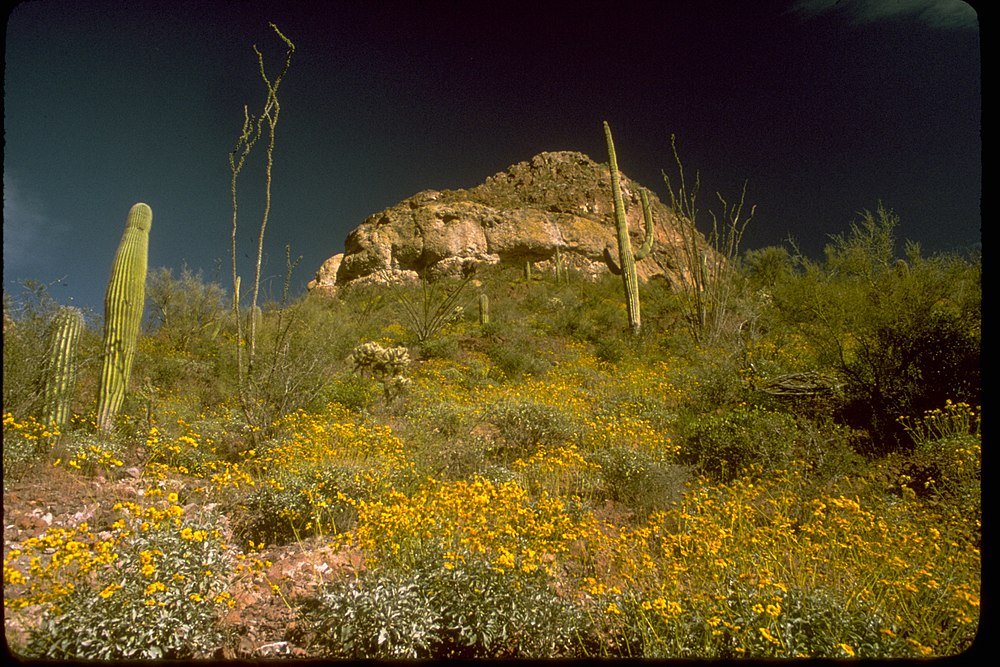
The Organ Pipe Cactus National Monument is located in southern Arizona, close to the Mexican border. The Organ Pipe Cactus, which can reach heights of more than 20 feet, is one of many cactus species that may be found in the National Monument. Driving and hiking are both excellent methods to explore the area.
Canyon De Chelly National Monument
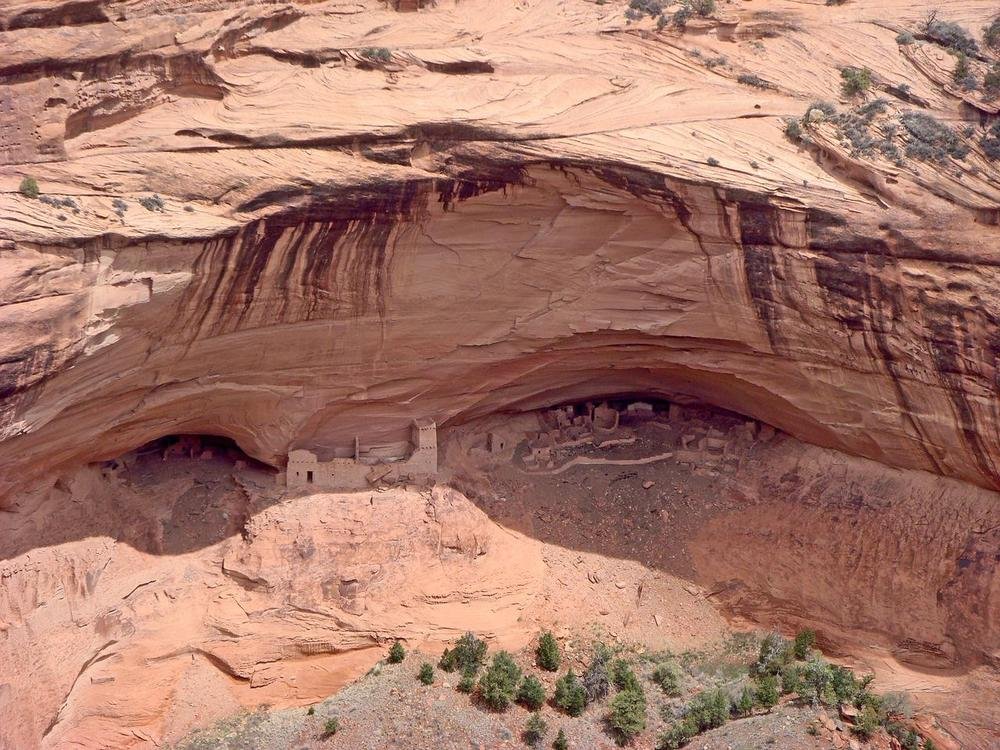
The Canyon de Chelly National Monument is home to remarkable homes carved out of the sheer cliff faces, notably the White House, which is believed to have been built around 1050 AD. The majority of the dwellings, which are thought to have been inhabited as early as 350 AD, remain inaccessible, but the adjoining museum and visitor centre gives informative guided tours of the neighbourhood.
The Grand Canyon
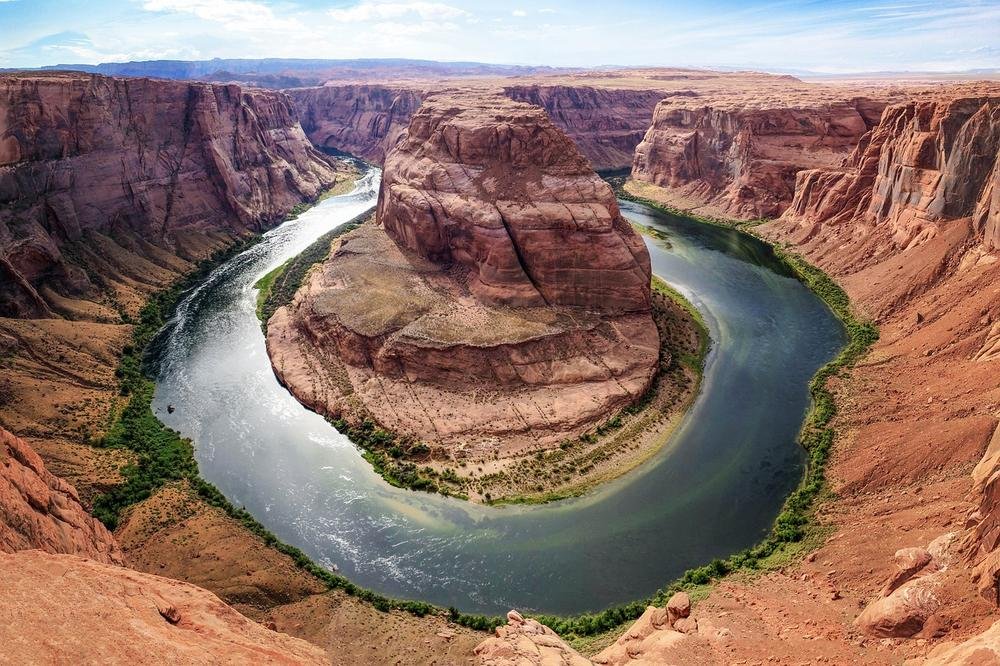
The Grand Canyon is unquestionably the most well-known natural attraction in the United States and Arizona. The Colorado River formed this natural beauty many years ago. The South Rim of the Grand Canyon, which has a plethora of vantage points, is where most visitors stay. It is feasible to hike into the canyon proper, and a genuinely unforgettable helicopter flight over the area offers breathtaking vistas. There are numerous tour options.
Jerome
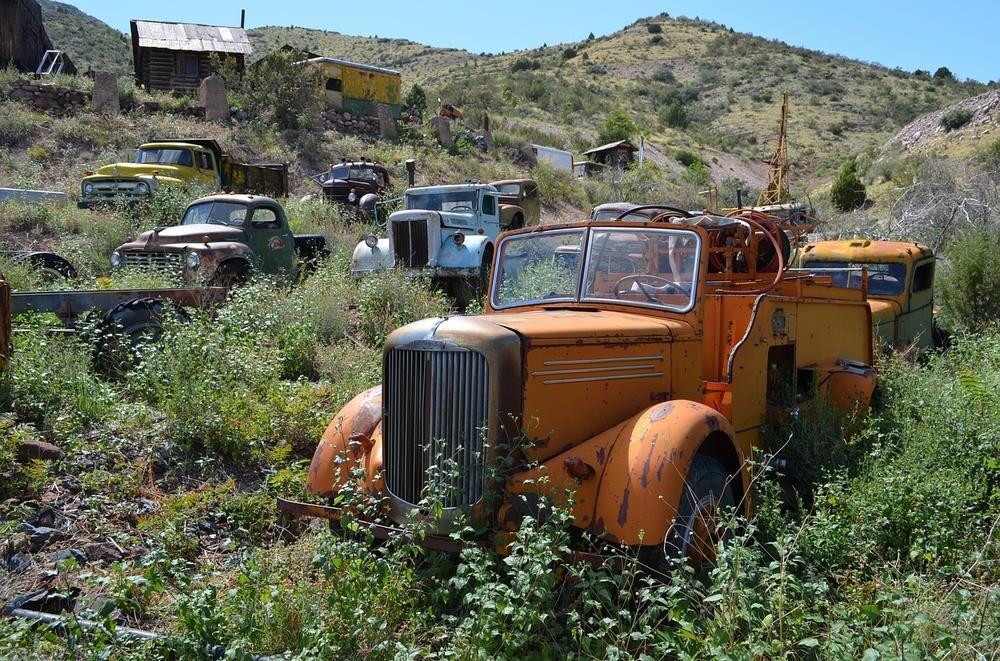
This abandoned mining town is a wonderful place to visit when in Arizona. The town boasts beautiful vistas, and the main street is lined with stores and dining options. Jerome is made up of both preserved structures and ruins. For those who want to spend the night in this unusual setting, there are motels available. The Gold King Museum also provides information on the local history. Another interesting landmark is the Sliding Jail, which, as its name implies, has moved from its original location since construction and is now situated around 2,500 feet away.
Hoover Dam
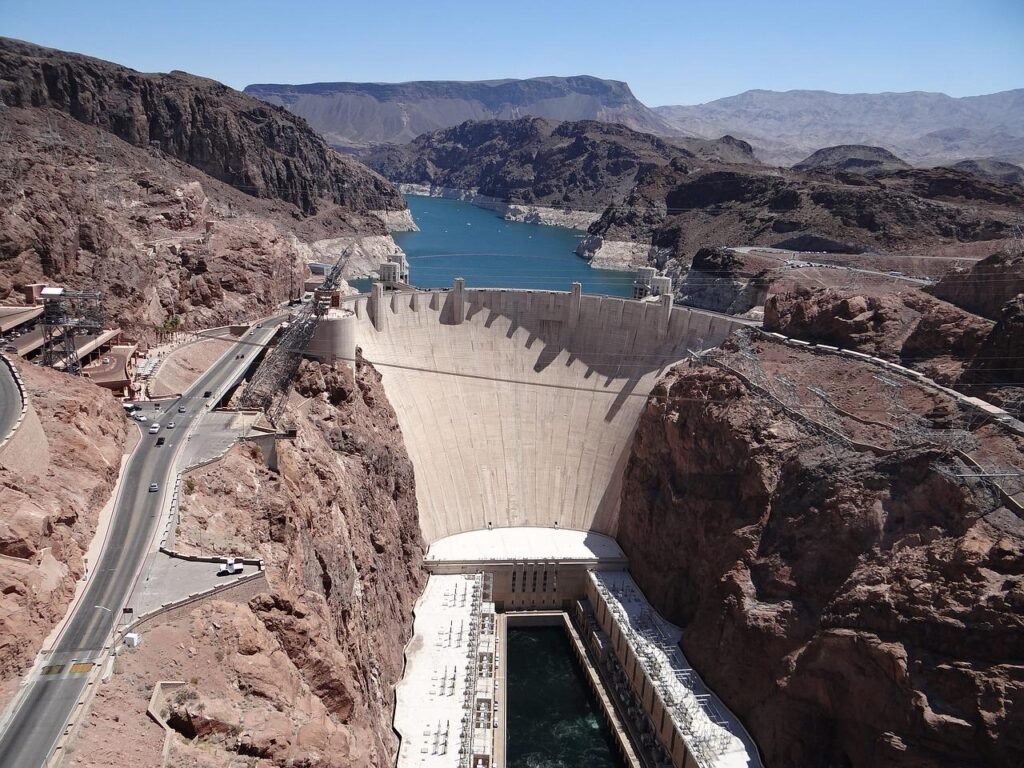
The Hoover Dam is one of the world’s engineering wonders, so it’s difficult not to be astounded by it. The 1935 dam spans Arizona and Nevada and regulates the Colorado River. The Hoover Dam is nearly 1,200 feet long and over 700 feet high. Lake Mead is 110 miles long.
Tumacacori National Historical Park.
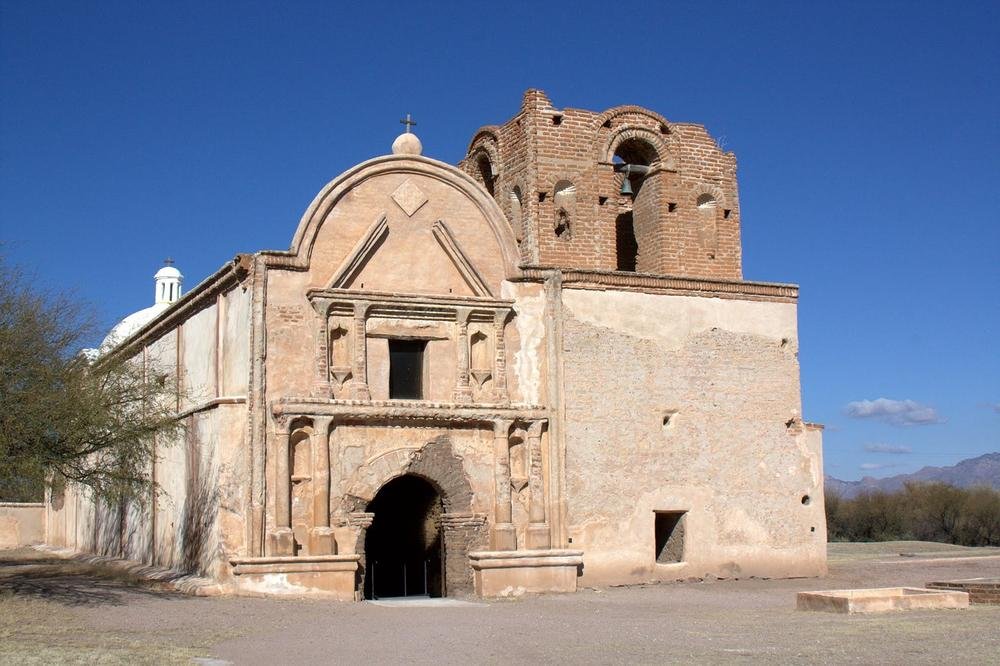
The three Spanish colonial missions that were formerly located here are preserved in the National Historical Park of Tumacacori, which is south of Tucson. The oldest missions in Arizona are Los Santos Angeles and San Jose de Tumacacori, which were founded in 1691. San Cayetano de Calabazas, the last mission in the park, was established in 1756. Due to an especially hard winter and an increase in Apache incursions in 1848, the missions were abandoned.
Petrified Forest National Park
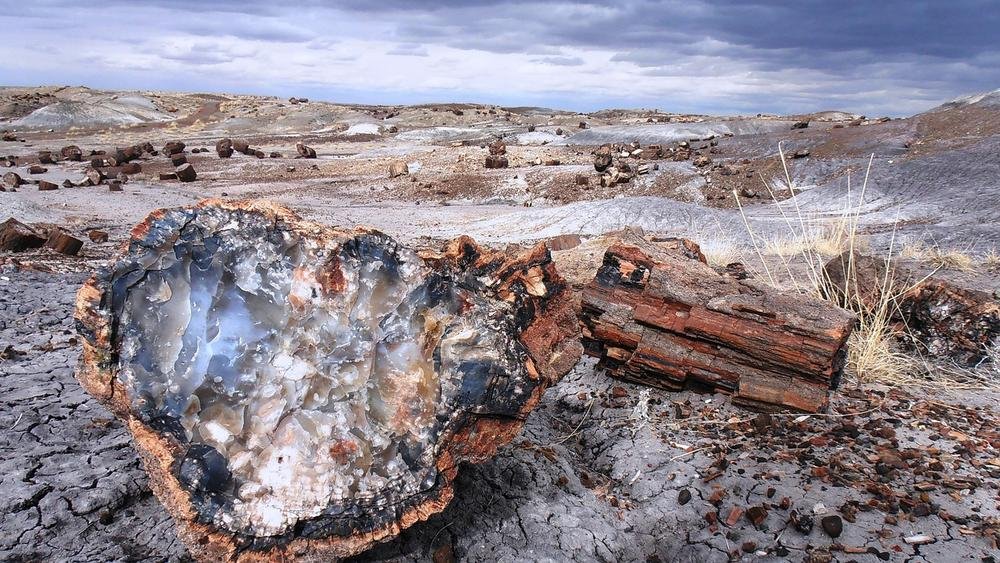
Numerous plant and fish fossils, as well as petrified wood, have been found at this fascinating and distinctive national park. While the trails allow for closer examination, driving through the park gives visitors a quick glimpse at the area’s main attractions. The Visitor’s Centre is a helpful tool that offers details on how and why the location is home to so many fossils.
Saguaro National Park
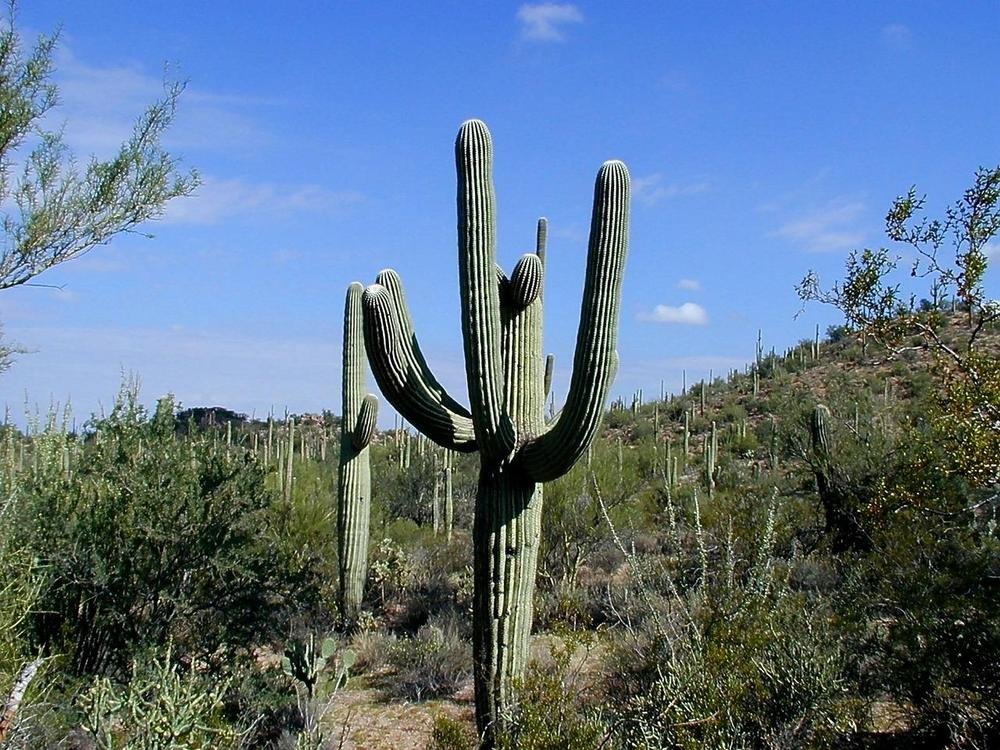
Saguaro National Park, which is close to Tucson, is the place to go if you want to see saguaro cacti and experience the Arizona desert. The city of Tucson itself divides the park into an east and a west half. Hike around the area to see the unusual plants and animals that live in the tough environment. Even the most devoted hikers find the 8000-foot mountains in the vicinity to be a struggle.
Lake Mead National Recreation Area
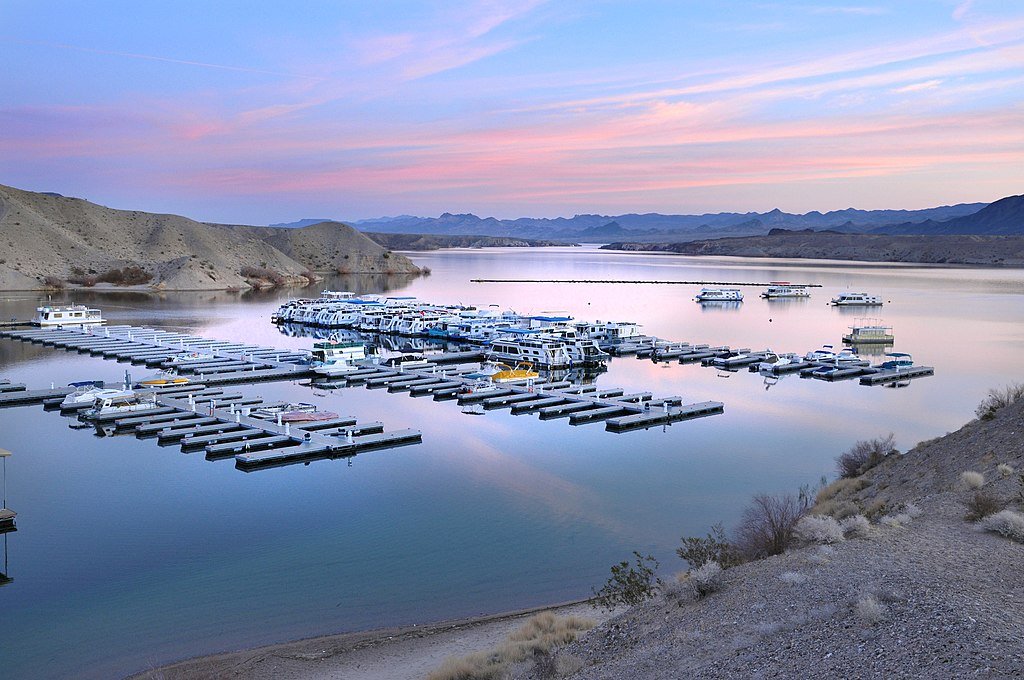
The National Recreation Area, which spans an astonishing 1.5 million acres, is named after Lake Mead but also contains a portion of the Colorado River and Lake Mohave. Like Lake Mead, Lake Mohave is a man-made lake that is constrained by the Davis Dam. The Recreational Area offers a variety of outdoor activities, including, of course, camping, fishing, and water sports.


